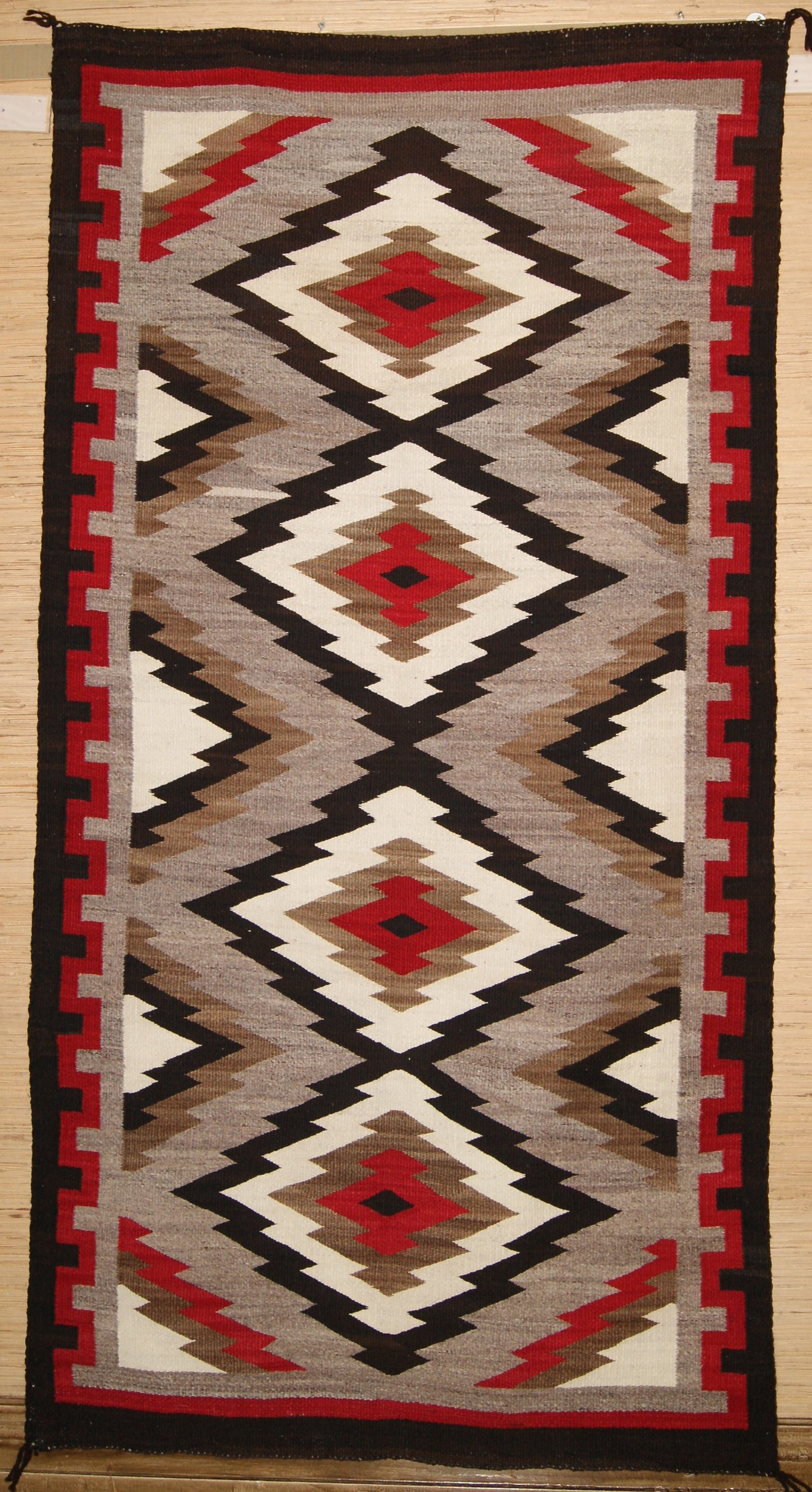

The government allowed weaving to continue during the internment by replacing the Navajo’s home-grown wool with factory-made yarns from Europe and the eastern United States.Īfter the Navajo returned to their homelands in 1868, the US government continued to provide commercial yarns as part of their “annuity” support for the Navajo people. In an effort to subdue and “domesticate” the Indians, the US Army slaughtered the Navajo’s sheep and destroyed their crops and homes.


1880 The Bosque Redondo YearsĪ watershed in Navajo weaving came in the 1860s with the incarceration of about 8000 men, women and children at Bosque Redondo reservation in eastern New Mexico. Spanish settlers had brought their Churro sheep to the region in the early 1600s and introduced the Navajo to wool.īy the early 1800s, Navajo weavers used wool exclusively, and became well known among both their Indian and Spanish neighbors for finely woven, nearly weatherproof blankets that became popular trade items. Navajo women learned weaving in the mid-1600s from their Pueblo Indian neighbors who had been growing and weaving cotton since about 800 AD. The Navajo (Dine in their own language) are Athabascan-speaking people who migrated to the Southwest from Canada in about the 15th century. Here’s a brief history of Navajo weaving that will help you sort out the most common terms, and give you a head start when you venture out to shop for these fascinating examples of Native American art. Churro Ram, Mark Rossi, Edition of 20 What you need to know about these highly collectible textilesĪre you attracted to the beauty and craftsmanship of Navajo rugs but confused by all the terminology being thrown around in the galleries?


 0 kommentar(er)
0 kommentar(er)
